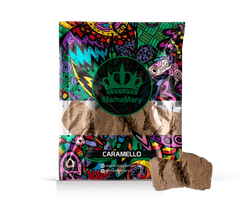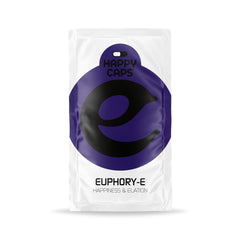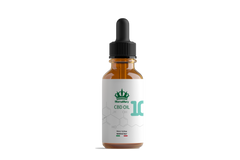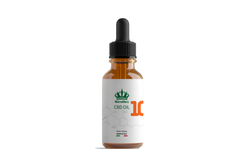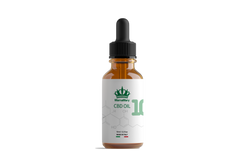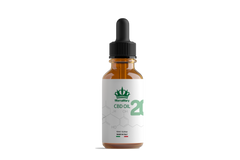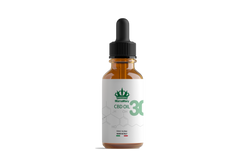Cannabis has been at the center of one of the most exciting and under-recognized developments in modern science. Research into the effects of marijuana has led directly to the discovery of a previously unknown biochemical communication system in the human body, the Endocannabinoid System , which plays a crucial role in regulating our physiology, mood, and daily experience.
The discovery of receptors in the brain that respond pharmacologically to cannabis—and the subsequent identification of endogenous cannabinoid compounds in our bodies that bind to these receptors—has significantly advanced our understanding of human biology, health, and disease.
It is an established scientific fact that cannabinoids and other compounds in cannabis can modulate many physiological systems in the human brain and body . Cannabinoids are chemical compounds that activate cannabinoid (and other) receptors. Over 100 cannabinoids have been identified in the marijuana plant. Of these marijuana molecules, tetrahydrocannabinol (THC) and cannabidiol (CBD) have been studied most extensively. In addition to the plant-produced cannabinoids, there are endogenous cannabinoids (such as anandamide and 2AG) that occur naturally in the brain and body of mammals, as well as synthetic cannabinoids created by pharmaceutical researchers.
Extensive preclinical research, much of it sponsored by the U.S. government, indicates that CBD has potent anti-tumor, antioxidant, antispasmodic, antipsychotic, anticonvulsant, and neuroprotective properties . CBD directly activates serotonin receptors, which also has an anti-anxiety effect.
In recent years, scientists associated with the International Cannabinoid Research Society (ICRS) have elucidated a number of molecular pathways through which CBD exerts a therapeutic impact . For example, a preclinical study by Dr. Sean McAllister and colleagues at California Pacific Medical Center in San Francisco reports on how CBD destroys breast cancer cells by downregulating a gene called ID-1, which has been implicated in several types of aggressive cancer. Silencing the ID-1 gene is, therefore, a potential strategy for cancer treatment.
“Cannabidiol offers hope for a nontoxic therapy that could treat aggressive forms of cancer without any of the painful side effects of chemotherapy,” McAllister says.

Synergies between CBD and THC
According to McAllister’s lab, the best results were obtained when CBD was administered with THC. Several studies highlight the therapeutic benefits of combining CBD and THC, particularly for the treatment of peripheral neuropathy, a painful condition associated with cancer, multiple sclerosis (MS), diabetes, arthritis, and other neurodegenerative disorders. Clinical research conducted by GW Pharmaceuticals, a British company, has also shown that CBD is the most effective analgesic even when administered in combination with THC.
At MamaMary we are convinced that an intelligent policy must exploit resources for the benefit of its citizens, which is why we are committed to fighting for the legalization of Cannabis given its powerful healing effects and the versatility with which it produces top-quality products.








